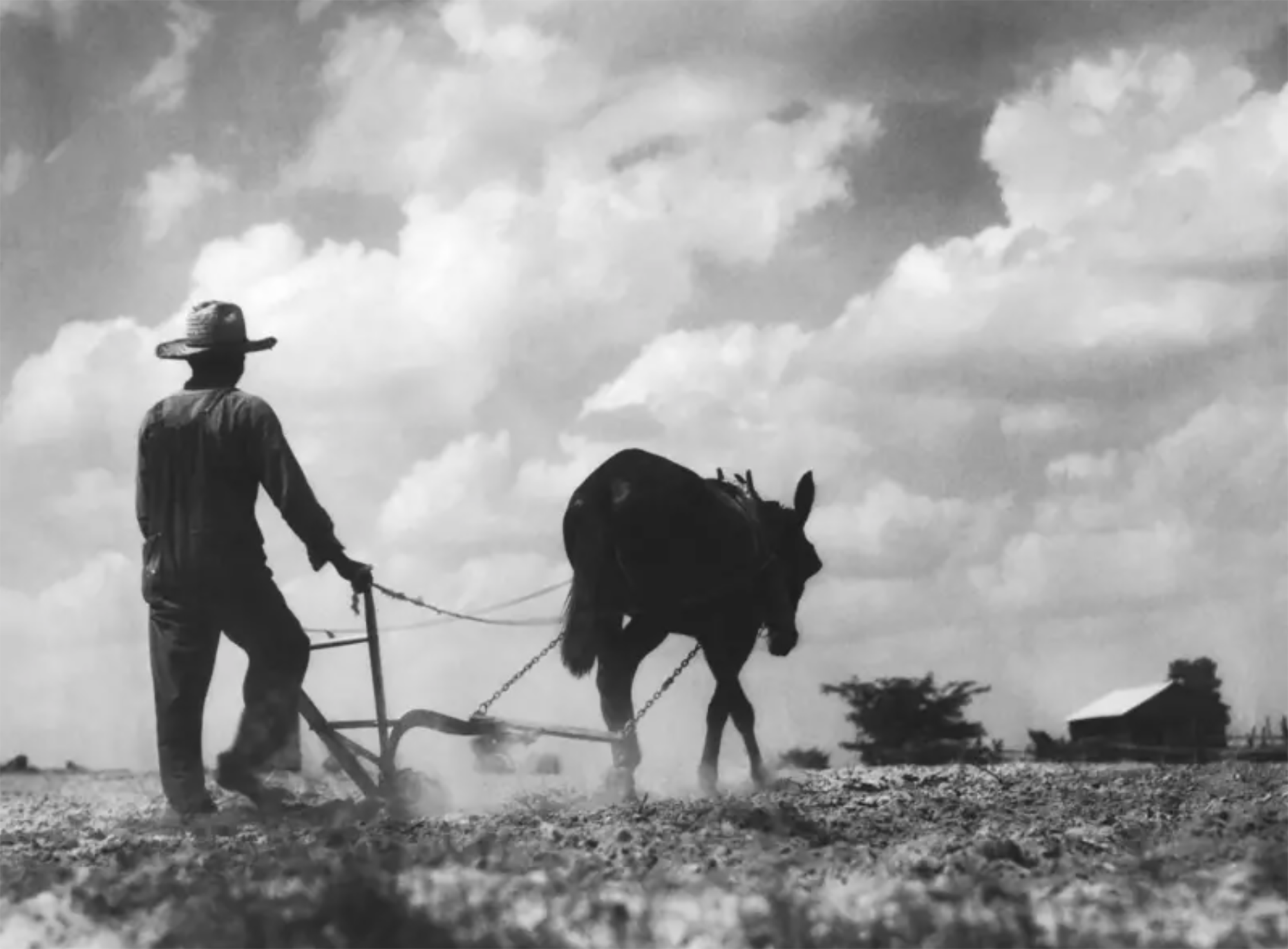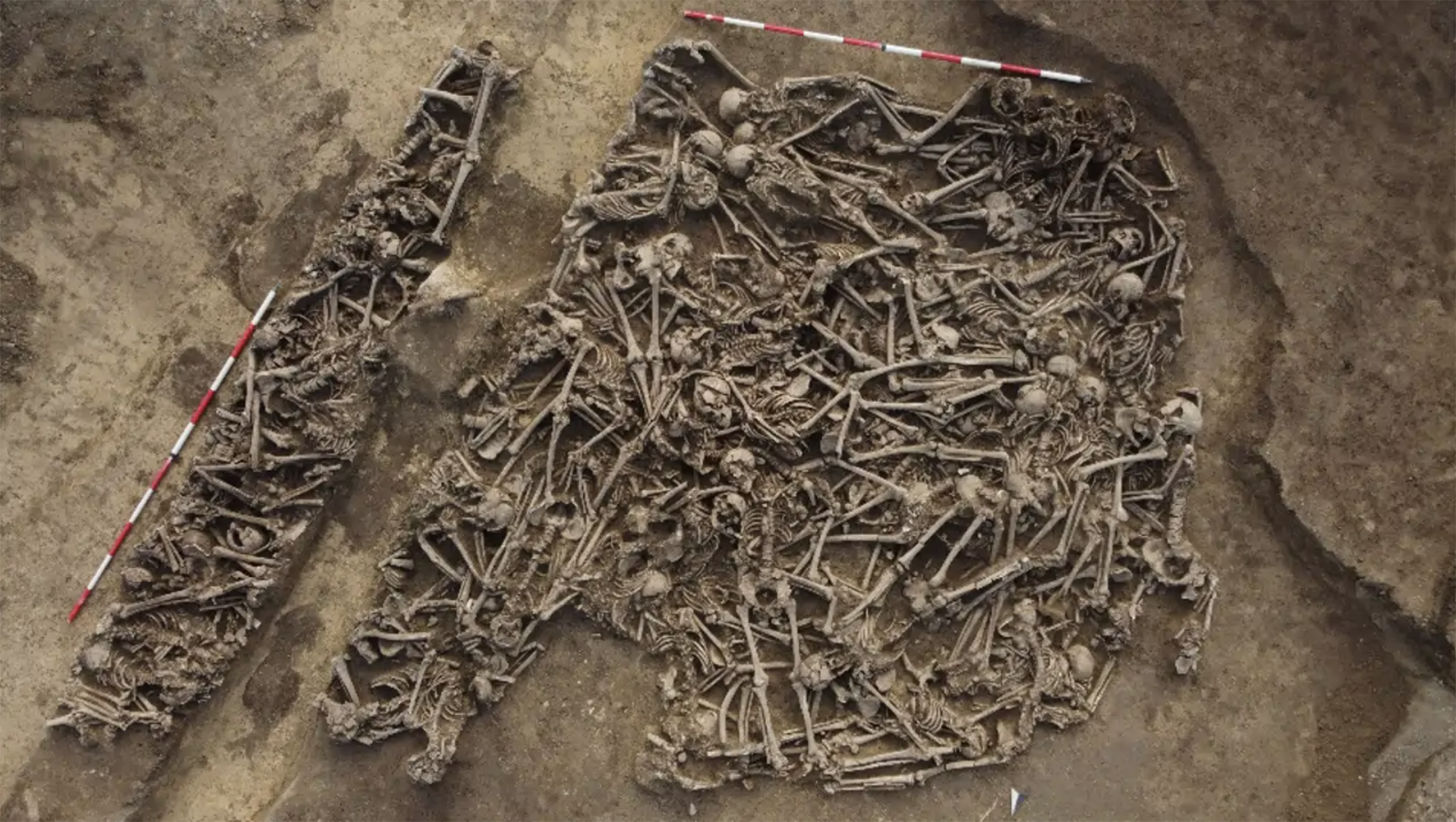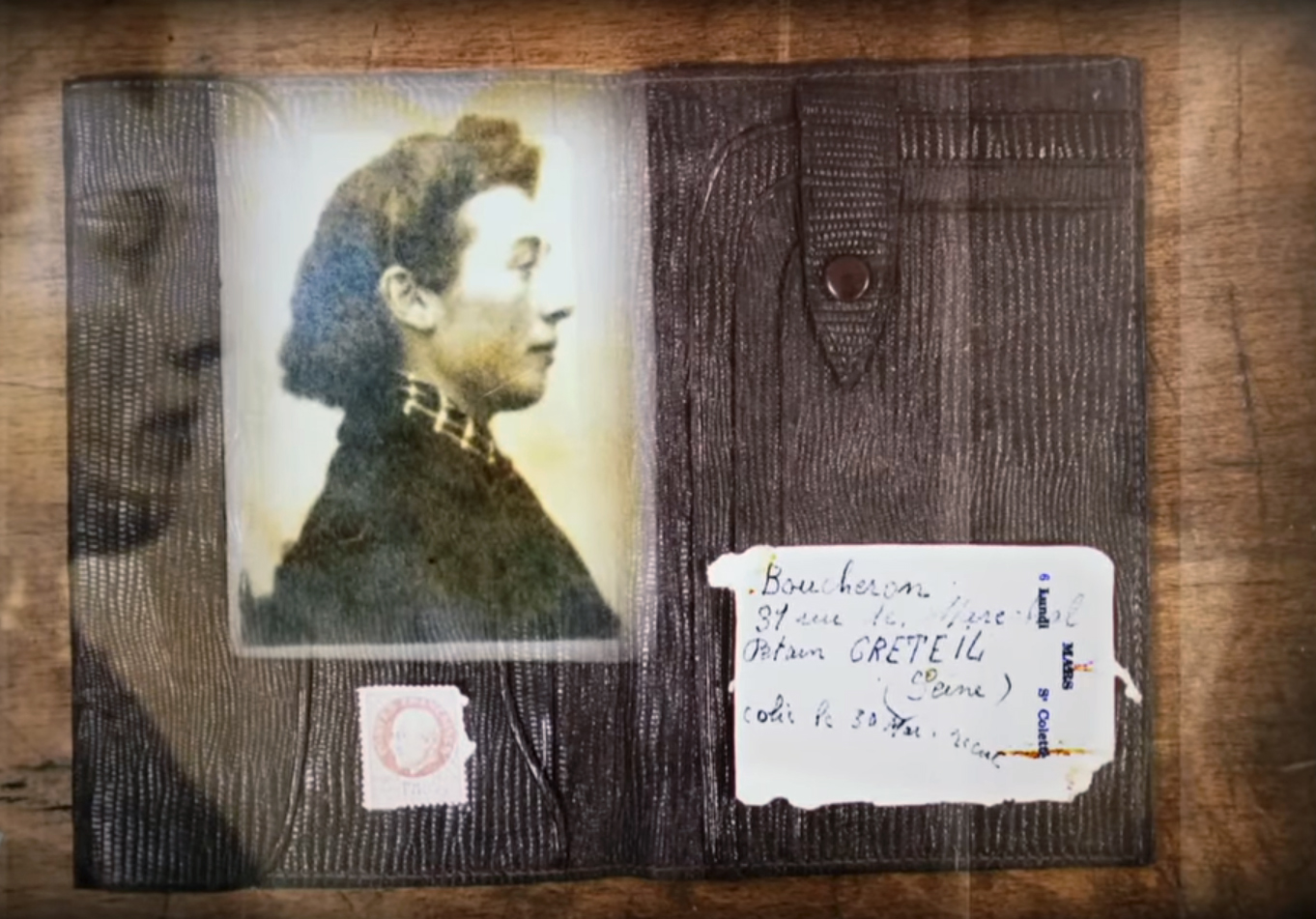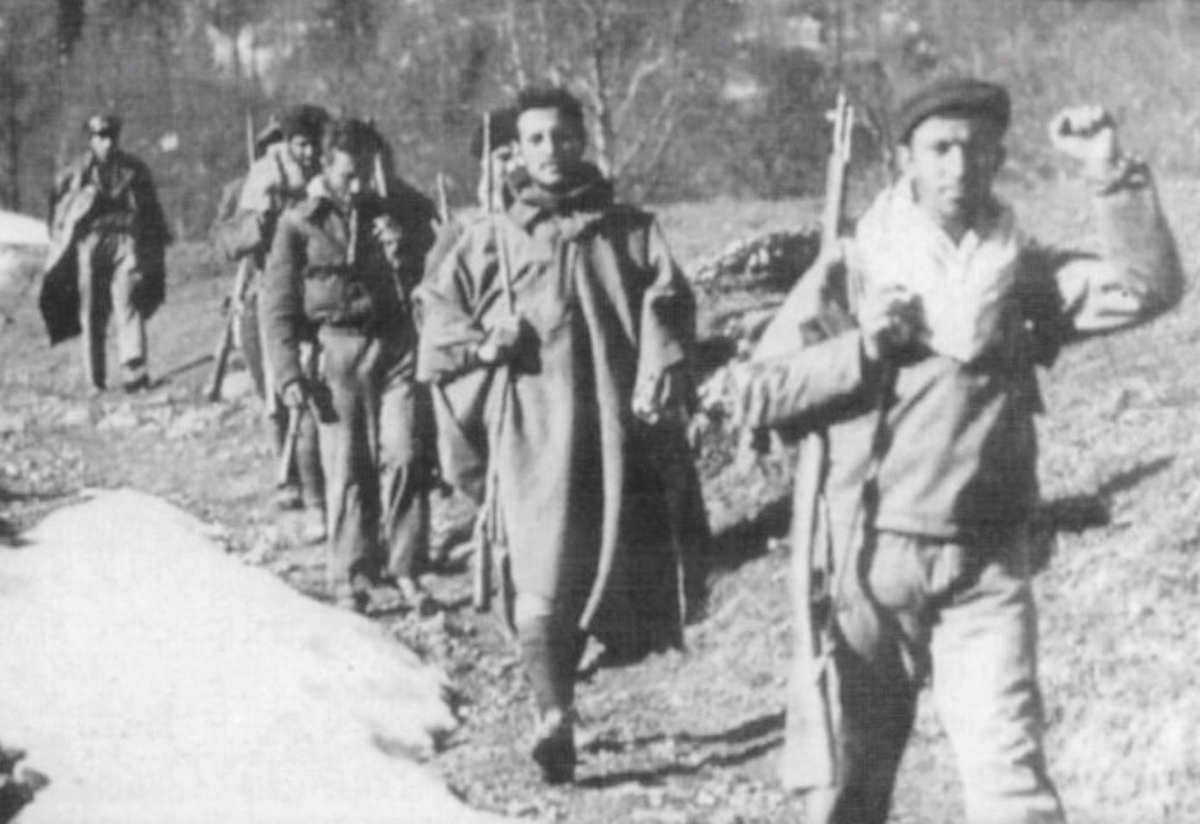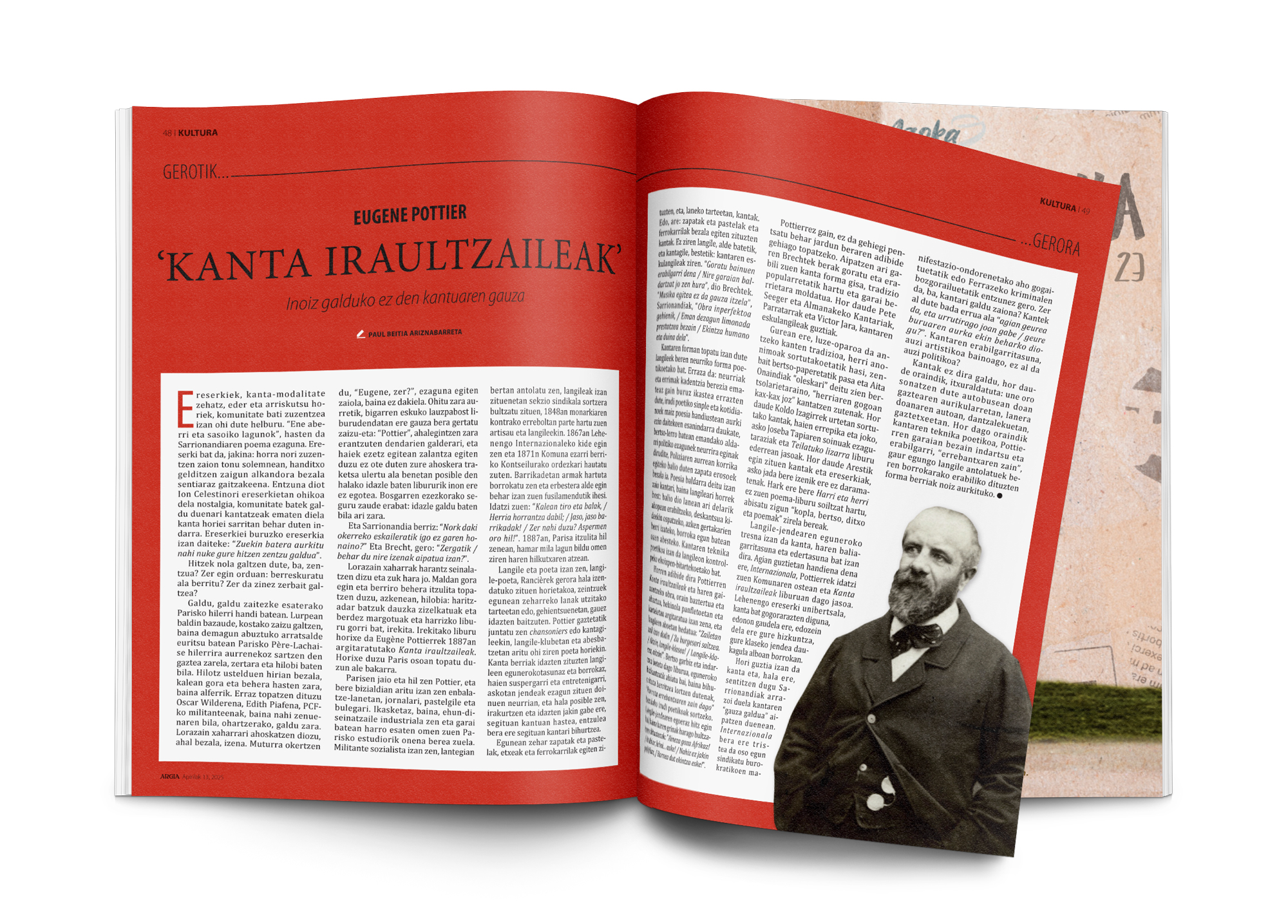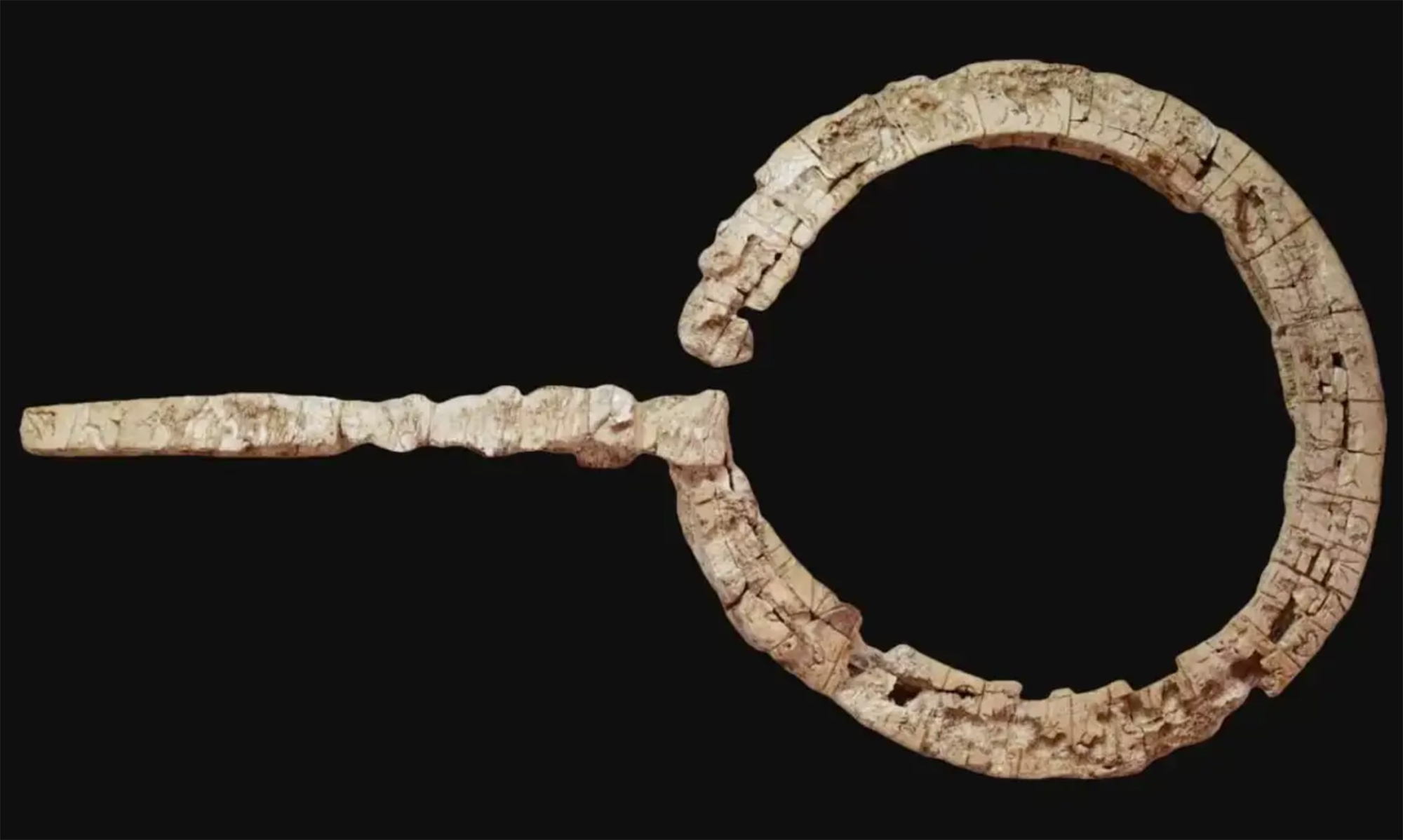The Mortal Book of Wall Papers
- Michigan, United States 1874. Robert C. Kedzie (1823-1902), professor of chemistry at the Michigan School of Agriculture and member of the Health Council, distributed 100 copies of Shadows from the walls of death in so many other libraries in that state in the United States.
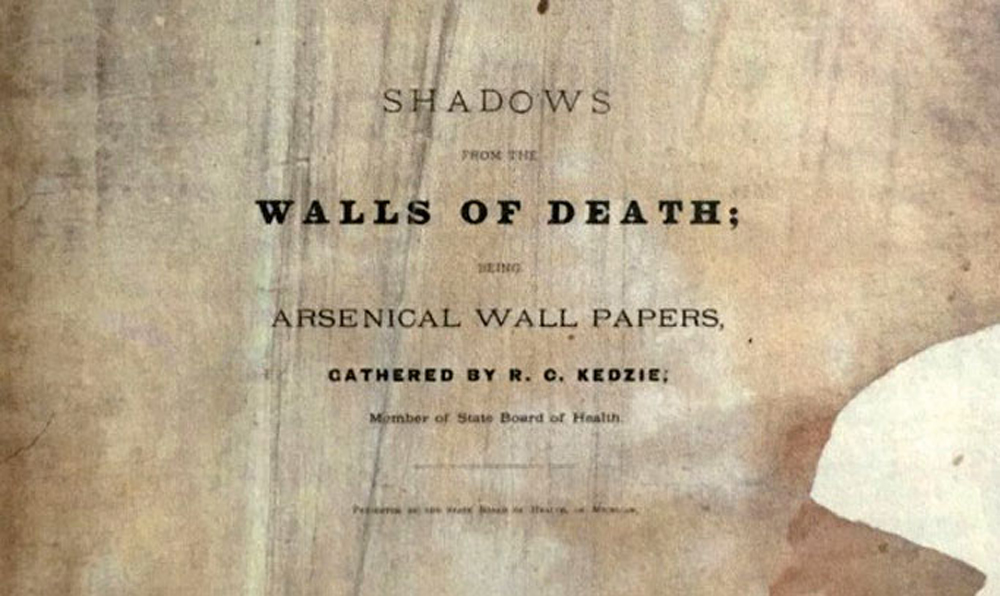
On the first page, the title of the work, the name and position of the author, was the editor, and then a brief preface. In the next 86 pages there are no more words. And yet, “reading” the book could kill the reader. Literally.
Arsenic has been used by man since ancient times. Therefore, the pesticide (and homicide) properties of this chemical element have long been known. But in the 19th century it was used to dye fabrics, toys, postcards and other objects of green color. Also wallpaper.
At this time, Robert Kedzie studied the cases of several patients poisoned with arsenic. They did not seem to be based on these poisonings, but Kedzie noted that all the poisonous had a wallpaper in his house on the wall. In 1873 he published the Poisonous papers, with the aim of using arsenic as a pigment ohartarazteko.Ez. People thought that to poison it you had to lick or eat it. But time and humidity caused the toxic substance to be released and spread into the air.
A year later, he came up with an extreme way to raise awareness. Very carefully, he took wallpaper samples in the houses around him, shaped the page of the book and completed the 100 copies of the book to distribute them in the libraries of Michigan. He also distributed the report along with the book, and the awareness campaign began to produce results. Most libraries destroyed the book – there are only two left, guarded with strict security measures – and began to increase Kedzie’s concern. Gradually, arsenic was replaced by other substances in the production of murals that they liked so much in Victorian Europe and the United States.
By the end of the 19th century, the American Medical Association reported that 60 percent of wallpaper sold in the United States. United States contained arsenic, one third of them in quantities harmful to health.
Washington, D.C., June 17, 1930. The U.S. Congress passed the Tariff Act. It is also known as the Smoot-Hawley Act because it was promoted by Senator Reed Smoot and Representative Willis Hawley.
The law raised import tax limits for about 900 products by 40% to 60% in order to... [+]
During the renovation of a sports field in the Simmering district of Vienna, a mass grave with 150 bodies was discovered in October 2024. They conclude that they were Roman legionnaires and A.D. They died around 100 years ago. Or rather, they were killed.
The bodies were buried... [+]
My mother always says: “I never understood why World War I happened. It doesn't make any sense to him. He does not understand why the old European powers were involved in such barbarism and does not get into his head how they were persuaded to kill these young men from Europe,... [+]
Until now we have believed that those in charge of copying books during the Middle Ages and before the printing press was opened were men, specifically monks of monasteries.
But a group of researchers from the University of Bergen, Norway, concludes that women also worked as... [+]
Florentzia, 1886. Carlo Collodi Le avventure de Pinocchio eleberri ezagunaren egileak zera idatzi zuen pizzari buruz: “Labean txigortutako ogi orea, gainean eskura dagoen edozer gauzaz egindako saltsa duena”. Pizza hark “zikinkeria konplexu tankera” zuela... [+]
Ereserkiek, kanta-modalitate zehatz, eder eta arriskutsu horiek, komunitate bati zuzentzea izan ohi dute helburu. “Ene aberri eta sasoiko lagunok”, hasten da Sarrionandiaren poema ezaguna. Ereserki bat da, jakina: horra nori zuzentzen zaion tonu solemnean, handitxo... [+]
Linear A is a Minoan script used 4,800-4,500 years ago. Recently, in the famous Knossos Palace in Crete, a special ivory object has been discovered, which was probably used as a ceremonial scepter. The object has two inscriptions; one on the handle is shorter and, like most of... [+]
Londres, 1944. Dorothy izeneko emakume bati argazkiak atera zizkioten Waterloo zubian soldatze lanak egiten ari zela. Dorothyri buruz izena beste daturik ez daukagu, baina duela hamar urte arte hori ere ez genekien. Argazki sorta 2015ean topatu zuen Christine Wall... [+]












